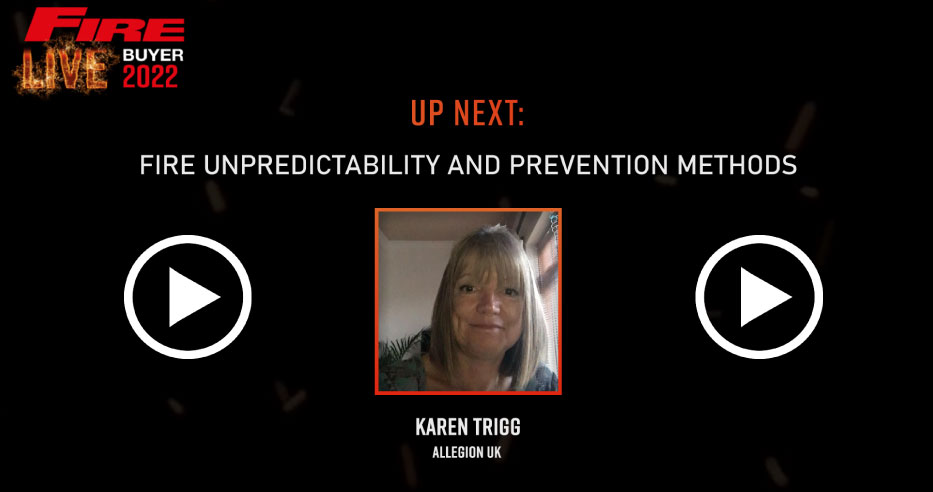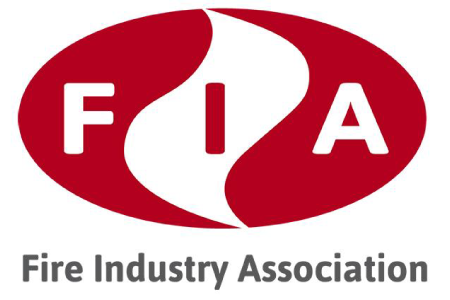Brought to you by:

Session Overview:
How can we prevent fire? We can’t. We can, however, limit the chances of fires beginning. Fires are unpredictable and can be started in concealed circumstances (a faulty appliance for example). To limit the unpredictability, it’s critical that no naked flames are left unattended, surfaces are kept clear around open flames and electrical cables are checked for signs of wear and replaced if necessary. More importantly, it’s essential to ensure comprehensive fire safety plans are put in place. Fire doesn’t wait for daylight. And negotiating a fire incident in the dark can elevate danger and become more time consuming for all involved. For this, fire safety exits, and their passageways must be clear. Working smoke alarms must also be installed – and periodically checked – to give occupants notice as soon as a fire is detected. Introduce routines of closing fire doors at night. In the event of a fire, this can limit the spread of smoke and flames, saving property and potentially lives in the process – while the condensed smoke can also improve the visibility for fire crews in attendance. For public buildings, there should always be hardware in place on fire doors. It’s vital this hardware is installed correctly and maintained, to ensure doors close and create a safety barrier – giving occupants time to evacuate in the event of a fire.












